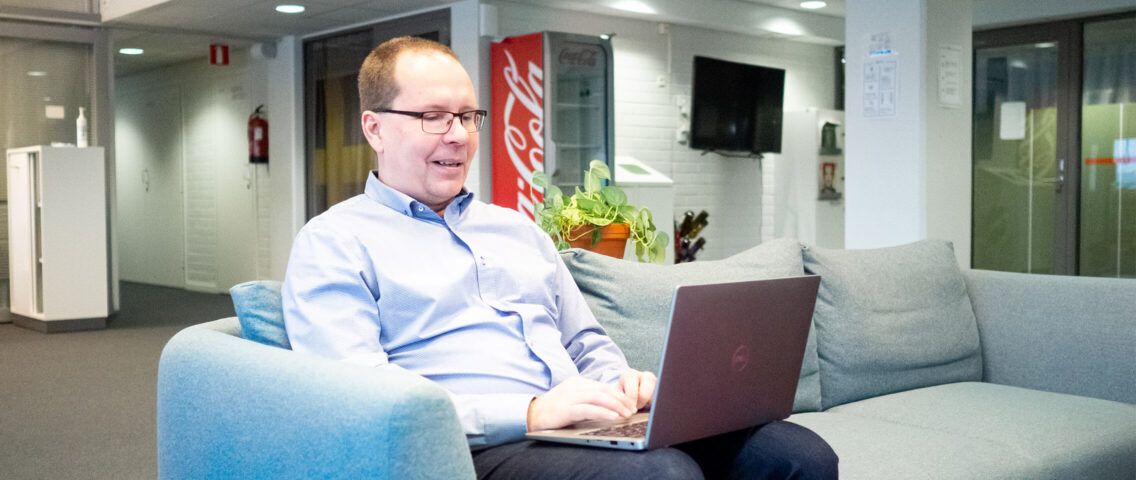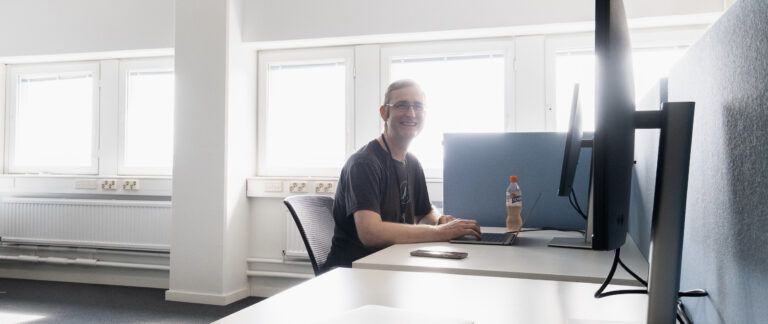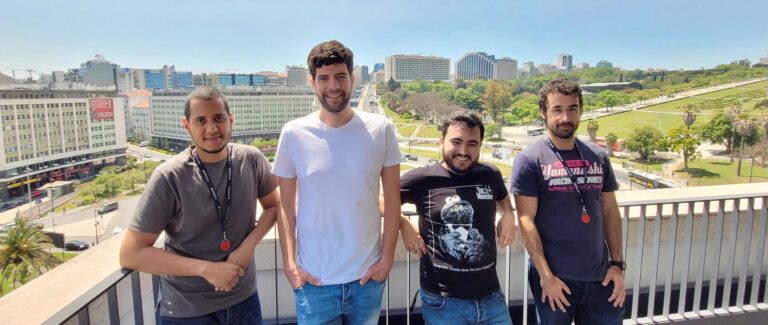What’s unique about the space and assortment solution, a part of our cloud-native Living Retail Platform from a software engineer’s perspective?
“You get to work with modern technologies and enormous amounts of data as well as join the fight against food waste in a concrete way,” says Marko Maunula, our Director of Engineering.
The unified Living Retail Platform is partly based on microservice architecture and consists of three primary applications: the space and assortment solution, the supply chain optimization solution, and the workforce optimization and management solution. Within one platform, our customers can plan everything from supply chain management to space optimization as well as workforce management.
Marko’s team develops the space and assortment solution, a high-performance application designed to plan everything inside a store related to sales products, resulting in radically improved demand forecasting and supply chain optimization.
“With my team, we often use cereals as an example to explain what we help our customers with: how many cereal packages should there be on the shelf in parallel and a row? Moreover, where should the shelf be located in the store, and how much space is needed for this specific product type based on data? Which amount of each cereal should be supplied in order to minimize waste, but to make sure it is available at all times? Even small enhancements in planning can improve replenishment efficiency and reduce food waste substantially,” describes Marko, who leads the solution development team.
High-performance, store-specific, mobile-optimized and data-intensive
“From the developer’s point of view, the solution is an interesting entity: floor planning and planograms are visual and therefore involve capabilities like 2D and 3D rendering. On the other hand, Replenishment Order solution with the mobile-optimized application allows multiple users to edit and view replenishment proposals simultaneously,” Marko explains.
“For all this, we have the latest technologies and tools at our disposal. We also want to be at the forefront of development and systematically evaluate new technologies: we invest especially in near real-time technologies and finding ways to apply them. We release new features on a quarterly basis,” he adds.
The result provided for the customer is a store-specific planogram, which is based on a template concept and a massive amount of data. As mentioned, the space and assortment solution has a wide user group. The biggest customers are giant companies like REWE that have very different needs compared to the smaller, more specialized, and local ones, like XXL.
All of this brings a lot of interesting details on the table of Marko’s team: integrations, complex interdependencies – and large data volumes. Big customers such as Waitrose can have billions of rows of data. Usually, no such amount of data is generated from all businesses.
“Therefore, I tend to ask in a job interview what amount of data the applicant considers large. What you really need in this job is the experience in handling huge amounts of data,” Marko says with a smile.
Immense investment in product development – to reduce food waste
Marko now leads the software development team of 35 professionals. He has worked for RELEX for just over a year, but in the software industry, Marko is a seasoned pro: he has worked in various consulting and software companies for over two decades.
”As an engineer, for me the best and the most interesting thing about RELEX is that we are a SaaS company that invests in product development immensely: a large part of our staff works in software development or product management,” says Marko.
“Furthermore, we strive for global market leadership in our industry. We are very ambitious in that”, he adds.
Our entire software development team is located in Finland, but we have offices across North America, Europe, and the Asia Pacific region. Our solution is already trusted by leading brands, including REWE, Sprouts, XXL, S Group, and Plus Retail. Retail space is a significant cost factor for the customer. Even small enhancements in optimizing store space, allocation, workforce, and pricing and promotion strategies can be leveraged into exponential benefits – and reducing waste.
Marko’s team contributes to this with high-quality code: the end result is that the more efficiently our customers manage their supply chain, the less food waste there will be.



